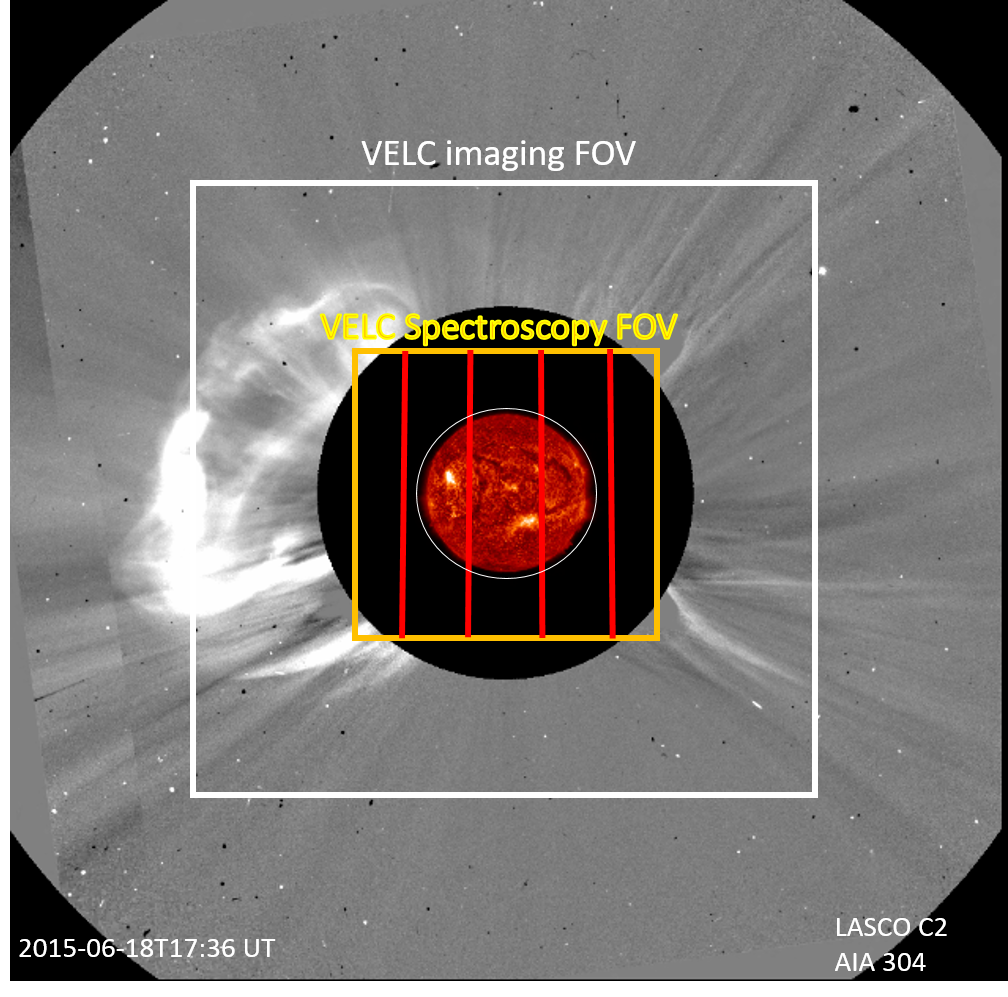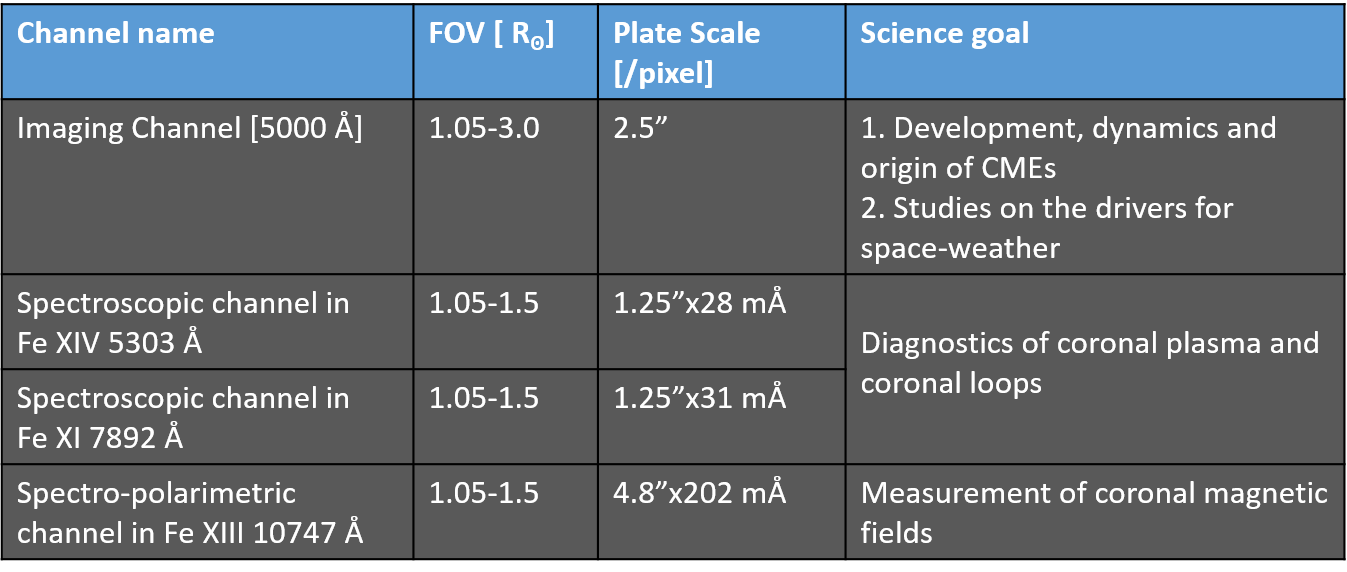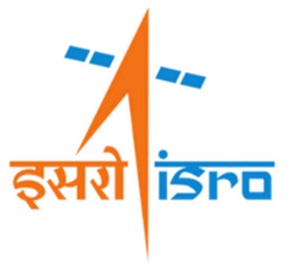Objectives
Major VELC science objectives are
- Diagnostics of the coronal and coronal loop plasma (Temperature, Velocity, & Density).
- Heating of the corona and solar wind acceleration.
- Development, dynamics and origin of CME's.
- Dynamics of the large-scale transients
- Studies on the drivers for space weather.
- Measurement of coronal magnetic fields in the corona
Of the several possible scientific studies, representative science case studies are outlined as follows.
Continuum imaging observations: White-light images from other space-borne instruments (e.g., LASCO/C2) so far have no access to the inner corona. High-cadence and uninterrupted observations close to the limb (1.05 R☉) enable one to study the acceleration phase of CMEs from the source regions near the limb. With the help of other instrument observations in UV/EUV from SUIT or AIA, it is also possible to investigate the onset mechanism of flux rope eruptions and then its modulation to a three part CME structure in the outer corona.
Spectroscopic observations: High-resolution Spectrographic observations in 3 lines simultaneously, namely 5303 Å [Fe XIV], 7892 Å [Fe XI], and 10747 Å [Fe XIII] will provide unique and very important information about the heating, dynamics, temperature, and density structure of the solar corona. The intensity ratio of the emission line of the same species yields information about the temperature of the emitting plasma.
Spectro-polarimetric Observations: Measurement of the coronal magnetic field can provide important information for a lot of science objectives. The recent advances in MHD models supply the expected coronal magnetic configuration of large-scale structures. With the plane-of-sky polarimetric information in emission line 10747 Å [Fe XIII] from the VELC, one can compare the field topology as well as line-of-sight magnetic field measurement and then verify the validity of these MHD models.









